Tips for Growing Veggies in Containers
All you need is a couple of containers, some soil, and the right plants
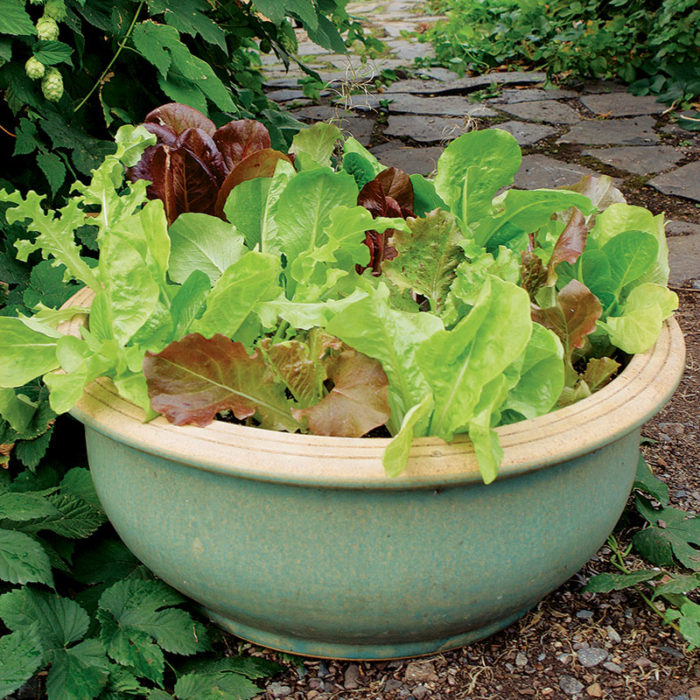
If you have limited space and time but still want to try your hand at growing edibles, think about growing your vegetables in containers. No yard is necessary; a patio, deck, window box, or even a fire escape will do. All you’ll need is a couple of containers, some soil, seeds or seedlings, and a little fertilizer. Your cash outlay will be minimal, and you’ll have the satisfaction of growing something tasty to eat.
According to a National Gardening Association Survey, you will not be alone. About half of all food gardening households (48 percent) grow food in containers. If you’re one of those people, here are a few tips to help you be successful.
It’s all about location
Vegetables need 6 to 8 hours of sun per day. For heat-loving plants, a south or southwest exposure is best. To keep lettuces productive in the summer, a southeastern exposure gives them light early in the day and keeps them out of the strong afternoon sun. Of course if your container is small enough to carry, you can move it from place to place as necessary.
How to choose the best container
You can buy a container that’s diminutive, or you can get one that requires a forklift to move. You can even get a railing planter with a bottom that’s configured to sit snugly on a 2×4 or 2×6 deck railing. Or you can simply reuse something you already have, such as a whiskey planter, garbage can, joint-compound bucket, baskets, or windowbox. Just make sure that it has drainage holes at or near the bottom and that it’s deep enough for what you want to grow. Lettuces and herbs require the least depth; tomatoes, peppers, eggplant, broccoli, and cukes the most.
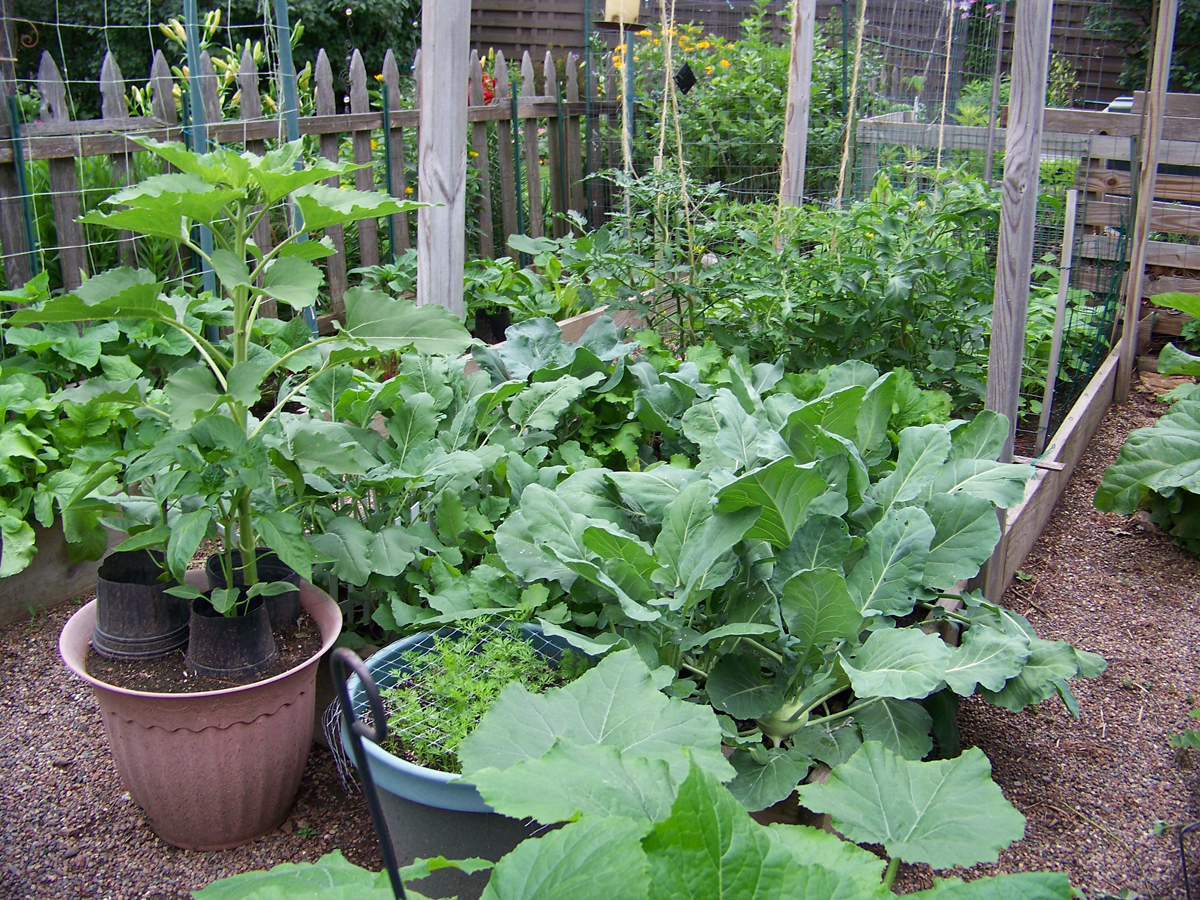
Soil selection is critical
A high-quality potting soil is your best bet. Another good choice is a commercial soil-less mix. Topsoil alone is too heavy and should be avoided. And it never hurts to add some compost. To retain moisture, you could add some Soil Moist to the bottom of the container.
Plant from seed or seedlings
Either will work. Nearly any vegetable can be grown in containers, but it’s best to avoid “mammoth” varieties. Stick with “patio” tomatoes, Asian-style eggplants (long and skinny), and bush squash. Anything tall will need a trellis or stake and a deep container. For seeds, make a shallow depression in the soil, sprinkle in some seeds, cover lightly with sand, and water. For seedlings, plant and water. Be prepared to thin when the seeds sprout.
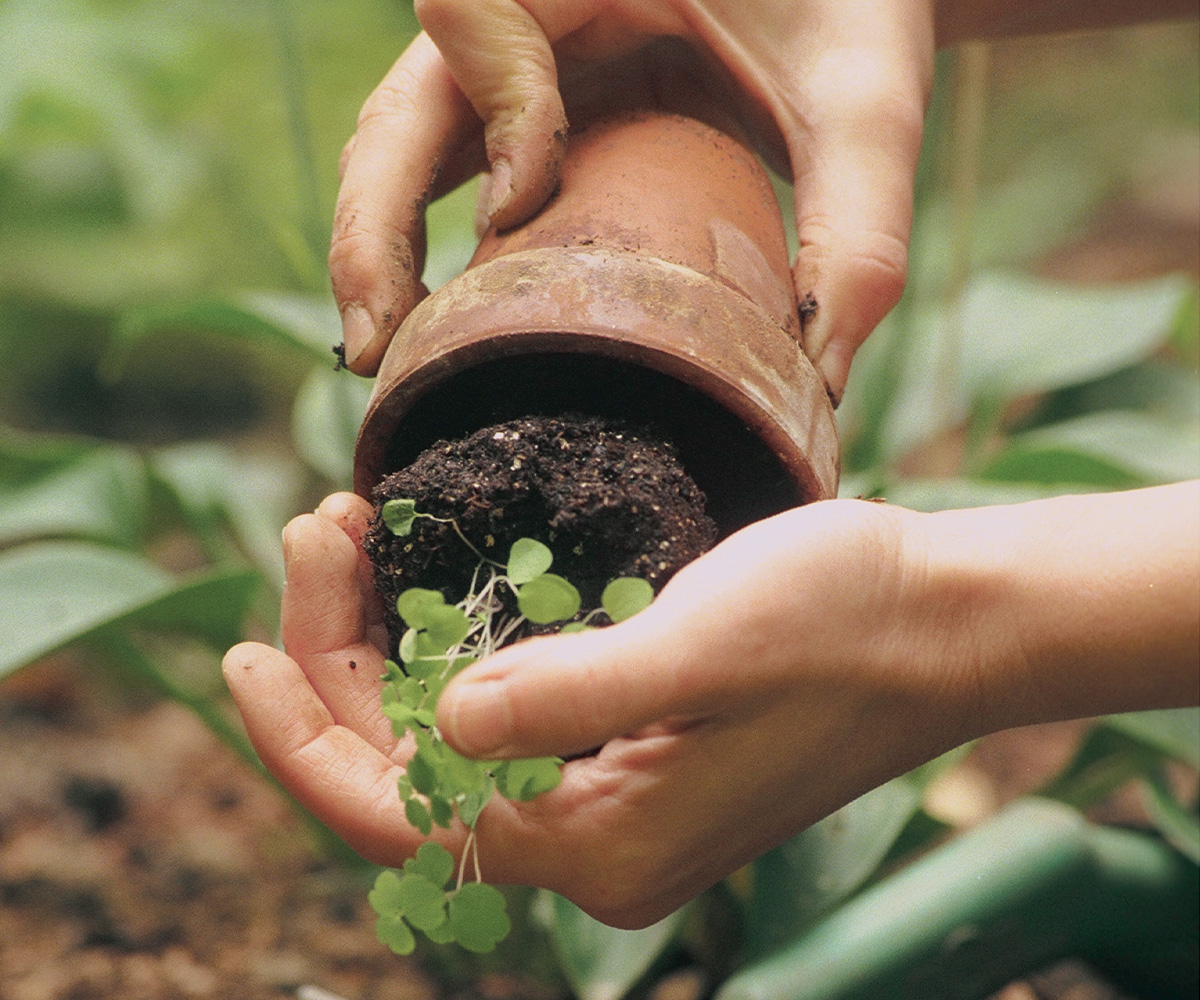
Water and fertilize
If your containers dry out completely, your plants are toast. Soak the containers before they reach that condition. Self-watering containers are sold by Gardener’s Supply and many other garden sites. For fertilizing containers, try Osmocote and Jack’s Classic Plant Food.
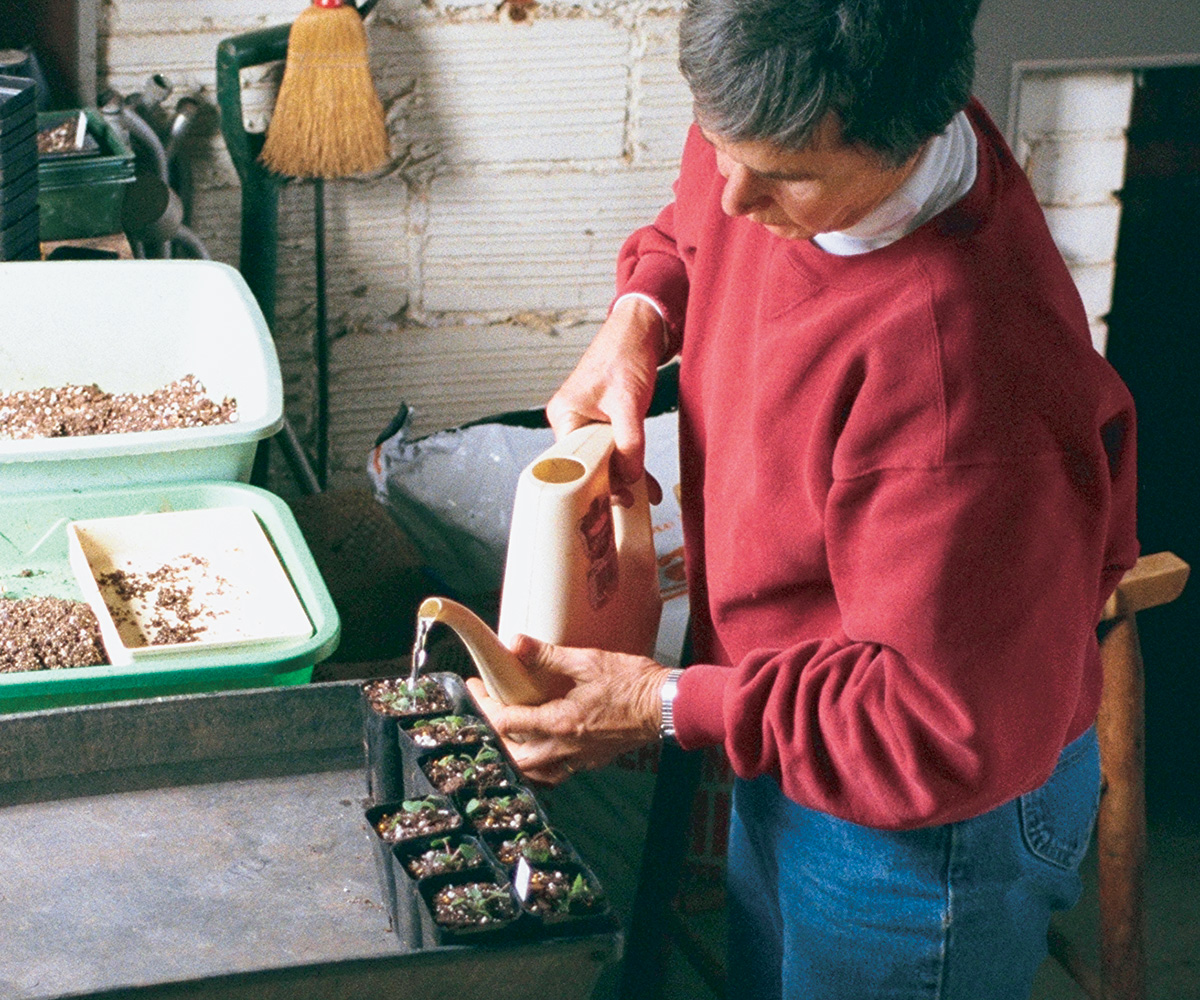
Don’t forget to harvest
When the food is ready, don’t let it go to waste. Pick leafy lettuce by the leaf and the plant will grow more. When the radishes are pulled, you can plant something else.
In the fall, put your garden to bed
Each year you’ll want to put a fresh soil mix into your containers, so you need to empty them before spring rolls around. With ceramic containers, it’s important to do this in the fall if you live in a cold climate, or the containers may crack.
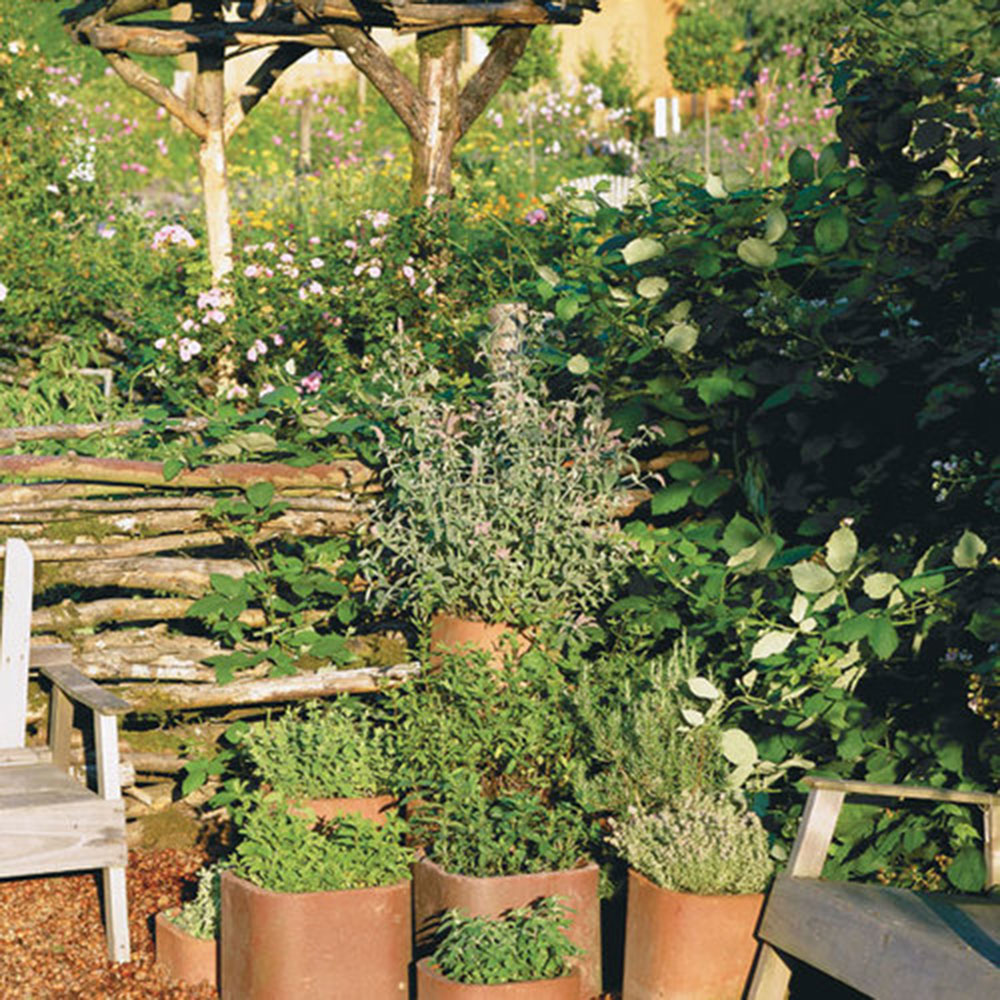
Fine Gardening Recommended Products

Berry & Bird Rabbiting Spade, Trenching Shovel
Fine Gardening receives a commission for items purchased through links on this site, including Amazon Associates and other affiliate advertising programs.

DeWit Spork with Solid Socket
Fine Gardening receives a commission for items purchased through links on this site, including Amazon Associates and other affiliate advertising programs.


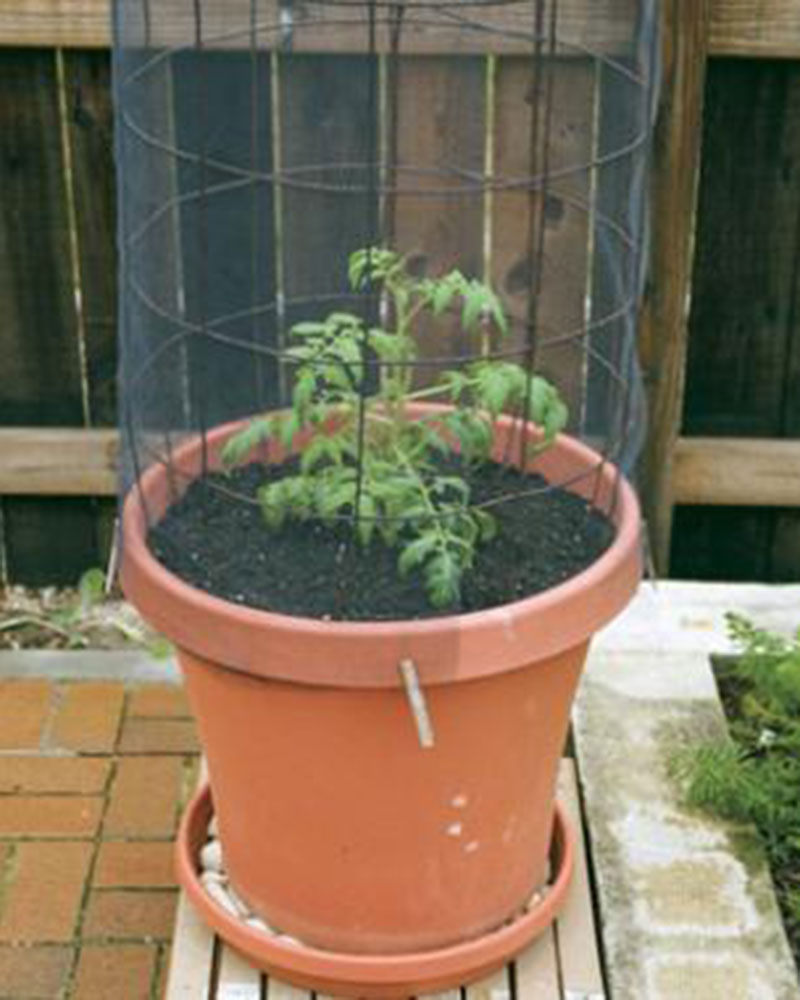
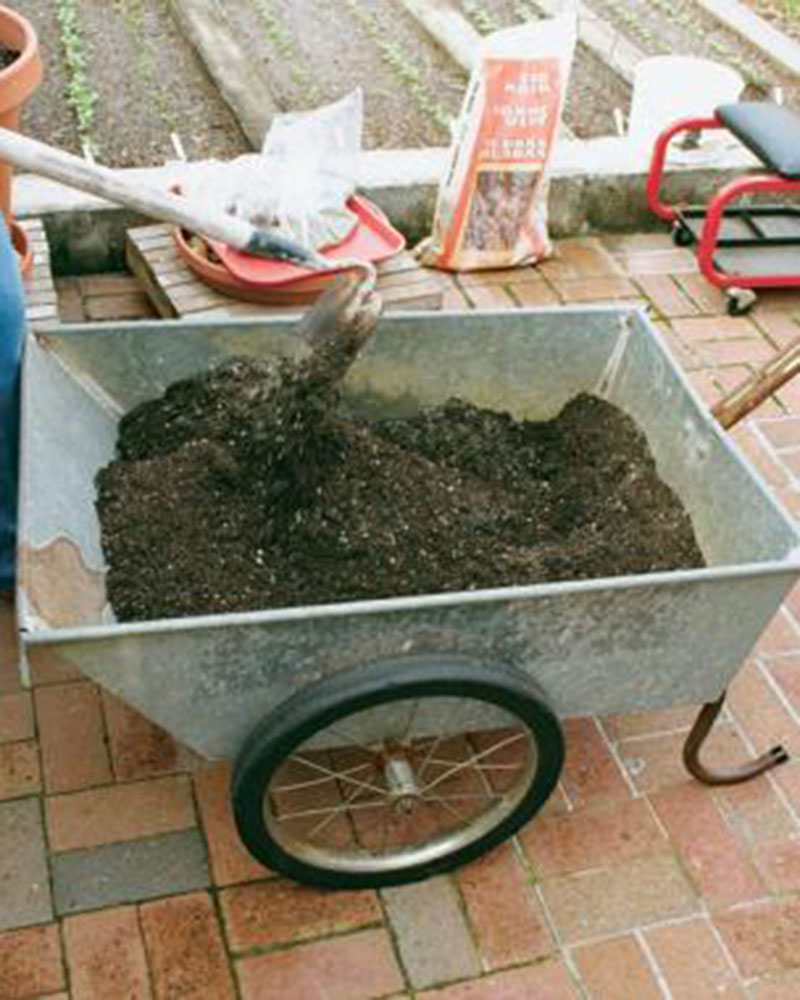




Comments
Log in or create an account to post a comment.
Sign up Log in